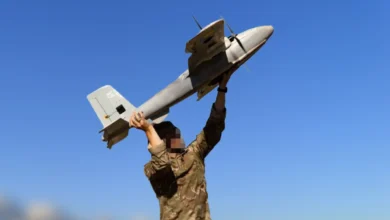US Must Ramp up Hypersonic Production: Defense Official
As China and Russia develop hypersonic weapons, a US Department of Defense official has proposed that the government drastically expand the production of its hypersonics arsenal.
Director of the Joint Hypersonics Transition Office, Gillian Bussey, asserted that developing hypersonics is crucial for the immediate future, and the country should focus on increasing its production capacity. She said that Russia and China are already working on propulsion systems to support future hypersonic weapons delivery systems.
Stressing the urgency of the problem, Bussey said, “I would say that everything we’re doing in terms of the interceptors, the strike weapons isn’t going to make a difference unless we have sufficient quantities.”
“Having a dozen hypersonic missiles — regardless of whether they’re really hypersonic or not — isn’t going to scare anyone,” she added.
The Pentagon will spend $3.8 billion on hypersonic missiles in the current fiscal year as a part of a planned $12.6 billion in hypersonics spending through 2025.
Countering China and Russia
China is aggressively developing hypersonic missile technology, seeing it as a crucial weapon against the US. The country reportedly tested hypersonic missiles, though the country’s foreign ministry has denied the reports.
In August 2021, China stunned the world with a hypersonic test flight involving a high-speed missile launch.
Bussey reckons that China sees hypersonic weapons as an entirely new domain of warfare.
“You can look at their papers… They have lighting scramjet vehicles; they have glide vehicles with scramjets… vehicles with liquid rocket, solid rocket propulsion. There’s a whole host of propulsion systems that they are working on,” Bussey said.
In July 2021, Russia also tested a Tsirkon hypersonic cruise missile and plans to fit the Tsirkon missile system on submarines and surface ships.
Hypersonic Missiles
Hypersonic missiles can deliver nuclear weapons, flying more than five times the speed of sound at 6,200 kilometers (3,853 miles) per hour.
Unlike ballistic missiles, which leave the atmosphere while attacking a target, hypersonic missiles travel low in the atmosphere and attack a target more quickly.
The new missiles can deliver conventional warheads faster and more precisely than conventional missiles.












